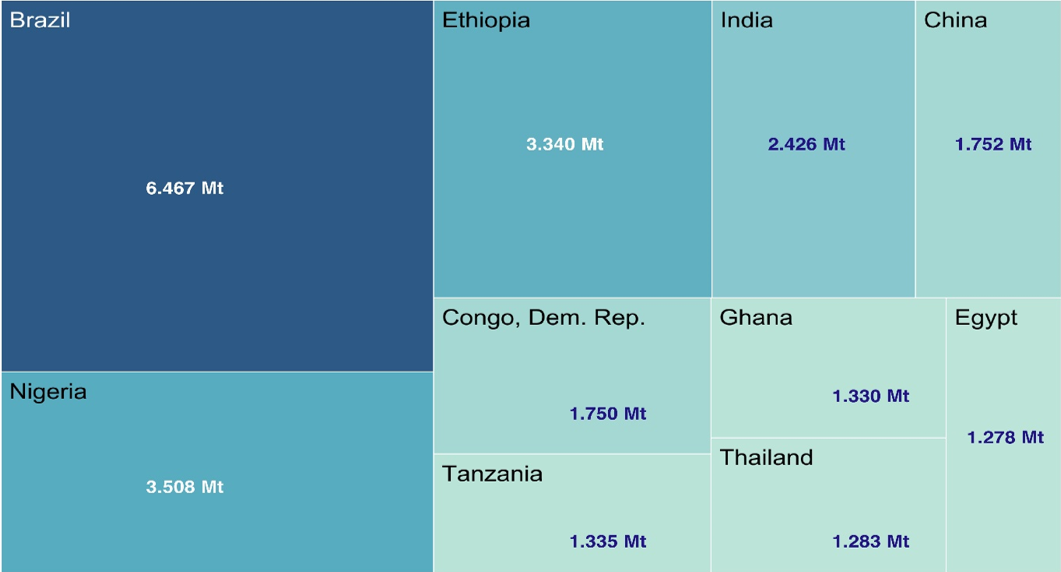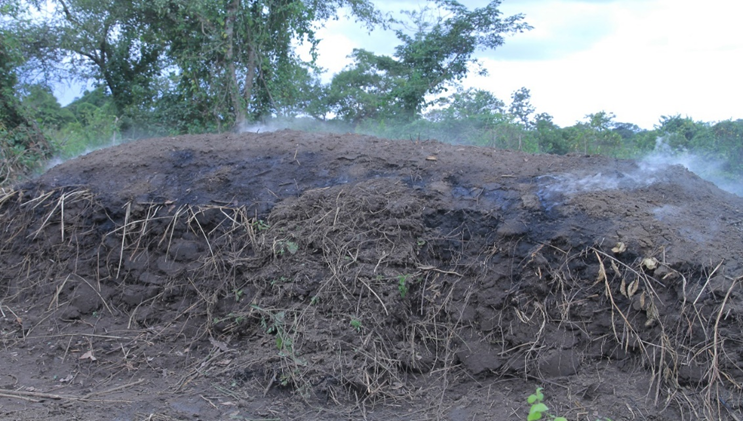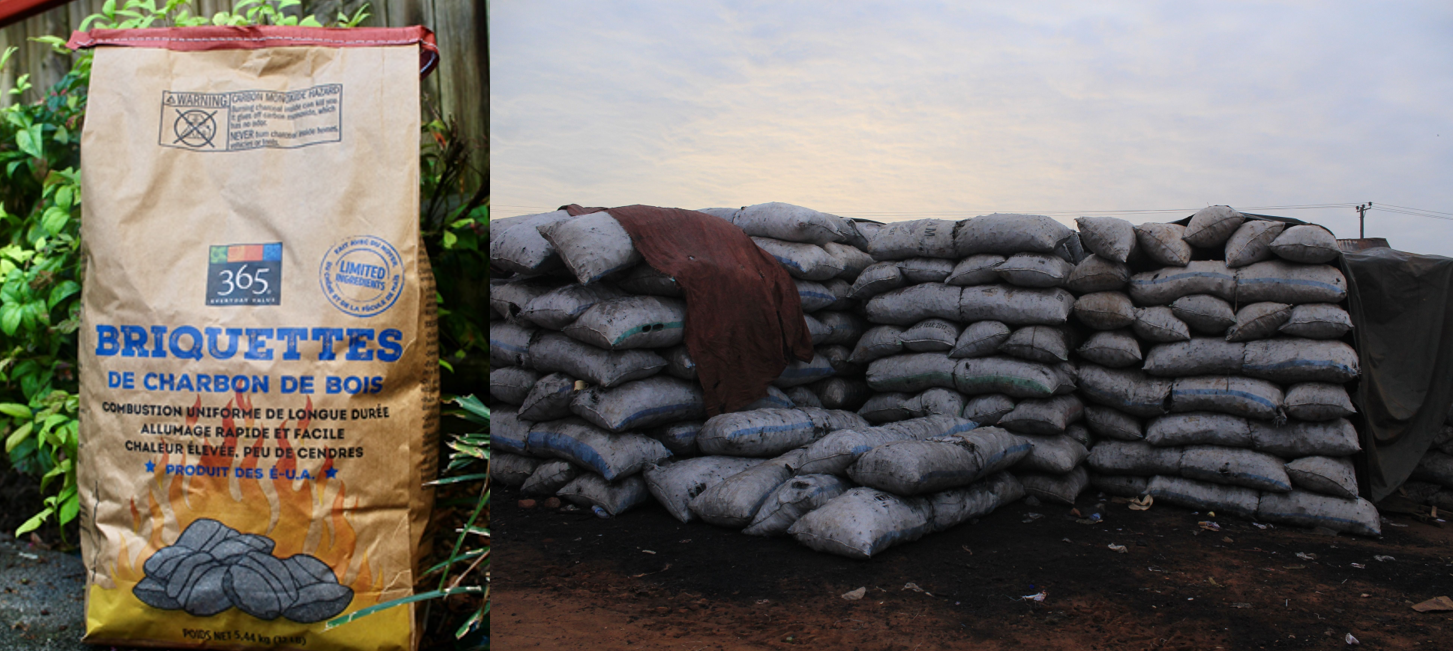Global Charcoal Consumption and the Question of Energy Security
Contemporary energy planning often indicates that the demand for charcoal as a fuel for cooking is associated with a lack of access to modern energy alternatives such as natural gas and electricity. Indeed, the unwavering dependence on charcoal and other forms of biomass, such as firewood, is the basis for the notion of “energy poverty” and one of the major justifications for more electrification.
Charcoal consumption, however, is not unique to regions with deficiencies in access to electricity. This fuel has persisted as a highly traded commodity on the global market. Our research shows that charcoal is still essential for cooking in many electrified urban centers in Africa. Moreover, it is imported by countries with widespread, reliable access to electricity. For example, Germany, France, Japan, South Korea, United Kingdom, and the United States feature in the world’s top 10 charcoal importers, despite registering favorable scores on international rankings for energy security.
In 2018, over 53 million tons (Mt) of wood charcoal were produced worldwide, markedly more than the 47 Mt generated in 2008. Brazil is still the world’s largest charcoal producer, using managed eucalyptus plantations and trees from its Amazon rainforest. Wood charcoal is worth approximately US $1.46 billion on the global market. It is predominantly supplied by the tropical forests of Brazil, Nigeria, Tanzania, and the Democratic Republic of Congo (Figure 1). However, semi-arid countries, such as Egypt, Ethiopia, Namibia, and Somalia have also persistently contributed to the international stock of charcoal, which is primarily used for cooking and in heavy industry, including iron-ore smelting.

The charcoal supply chain is mostly informal, with well-coordinated logistics to sustain intra- and inter-continental trade. Production is often rudimentary, involving single-use earth-mound kilns set alight in open forests (Figure 2).

The lack of standardized specifications for quantities and types of raw materials used creates high uncertainty regarding the quality and true economic value of charcoal. Depending on markets (Figure 3), value is determined by origin and wood species, volume, weight, or other subjective variables, such as the duration of burning on stoves and amounts of smoke released. A 3-kg bag of charcoal costs $7-$9 in the United States, and €1.99 (US$2.34) in Germany. By contrast, charcoal in sub-Saharan Africa is predominantly traded by volume, using sacks and recycled containers as measuring instruments. In Kampala, 3 kg of charcoal cost approximately U.S. $0.75 (recalculated from official data). Charcoal exports and imports are often classified with other forest products as “articles of wood,” thus distorting their true identification and valuation as standalone energy commodities.

The remarkable global increase in modern energy supply, and the subsequent reduction in the population without electricity access have not eliminated the consumption of forest-based fuels. Upstream, procurement is directed to regions with lax regulation, or countries such as Nigeria where total bans are difficult to implement. Due to difficulty in enforcing complete bans, we found that some of Uganda’s districts merely regulated the tree-cutting tools, forbidding the use of oiled machinery to slow the forest loss. Incidentally, charcoal transportation, trade, and consumption are legal worldwide, thus sustaining production and thwarting efforts for sustainable forestry.
The interminable pursuit of charcoal around the world represents a disproportionate strain to the forests of sub-Saharan Africa, Asia, and South America, posing environmental threats, such as desertification, which can extend beyond geographical borders. Nonetheless, charcoal will remain a key part of global energy consumption for decades. Because access to electric and gas ovens is limited, and charcoal stoves are affordable and ubiquitous in sub-Saharan Africa, it is unrealistic to posit that modern alternatives, which are susceptible to blackouts and brownouts, would fully replace charcoal, despite IEA projections of increased access to clean cooking in various parts of the world by 2030.
Its relevance, ubiquity, and unwavering demand, even where electricity is widespread, demonstrate that charcoal is linked to its usefulness and affordability rather than to deficiency in modern alternatives or “energy poverty.” In fact, as “energy-secure” countries continue to import charcoal as an energy alternative, and further diversify their abundant energy mix, it may be worth examining whether charcoal contributes to such security, i.e. “the uninterrupted availability of energy sources at an affordable price”.

